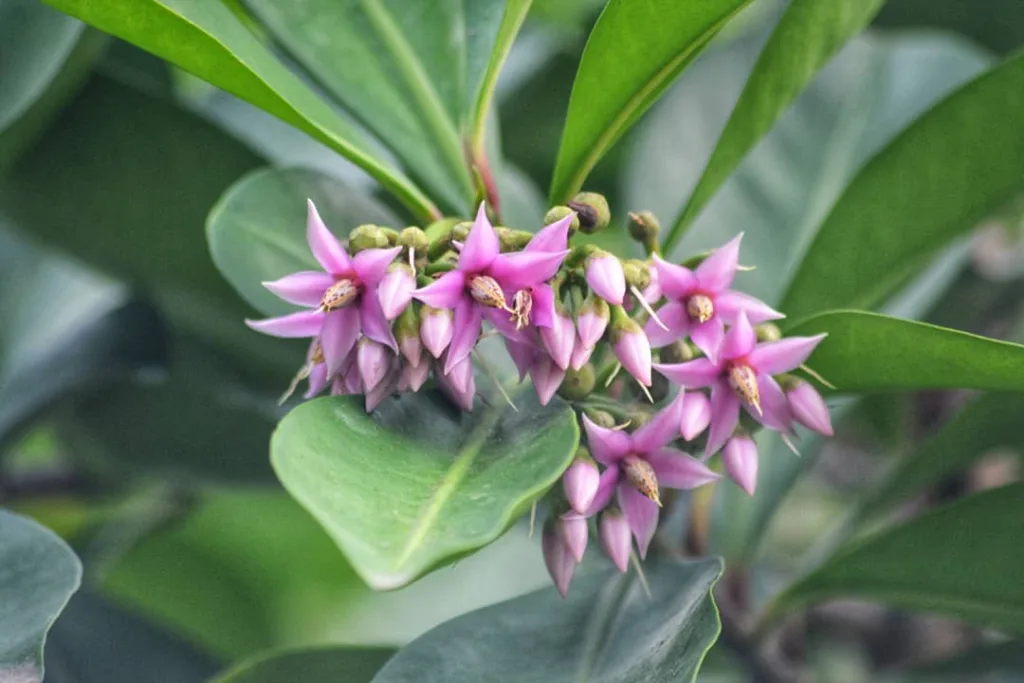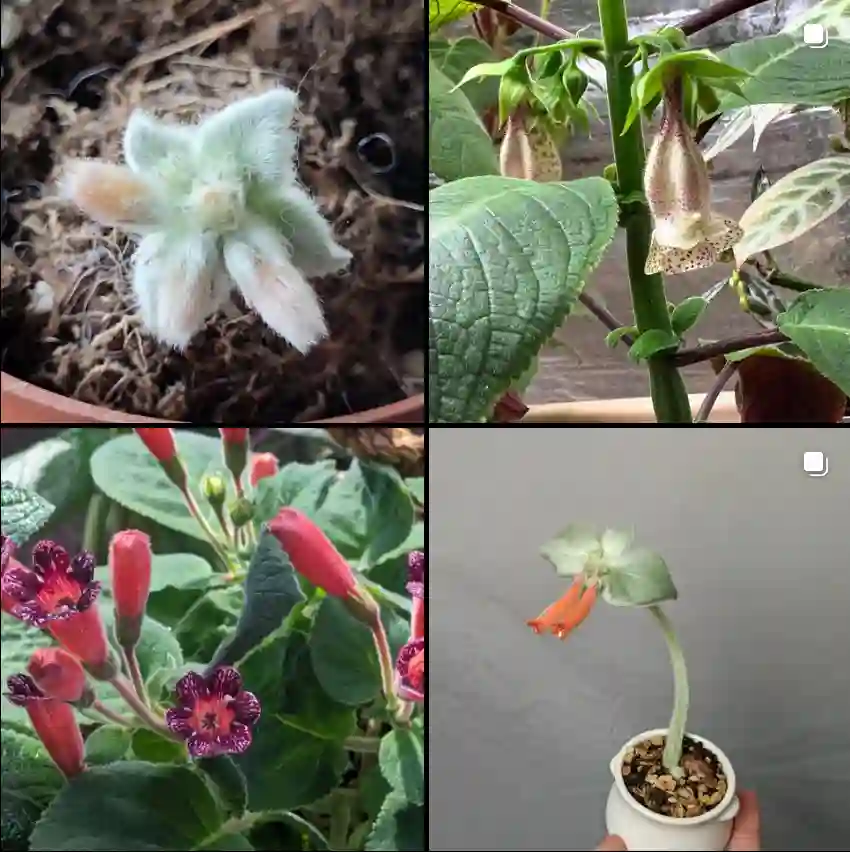The Ulex Enigma: A Thorny Affair
My name is Ferb Vu, and I’ve always been drawn to the unusual. While most people find beauty in delicate orchids or vibrant roses, my fascination lies with the sturdy, often overlooked, and sometimes prickly members of the plant kingdom. One genus, in particular, has captured my attention: Ulex, more commonly known as gorse, furze, or whin.
These evergreen shrubs, belonging to the family Fabaceae, are characterized by their dense, spiny foliage and vibrant yellow flowers. They might appear unassuming at first glance, but a closer look reveals a world of intricate adaptations and ecological significance.
A Tapestry of Thorns
The first thing you’ll notice about Ulex is its formidable armor of spines. These sharp, needle-like structures are actually modified leaves, evolved to deter herbivores. This defense mechanism is crucial for their survival, especially in harsh environments where grazing pressure is high.
But the spines serve another purpose: water conservation. By reducing the surface area of the leaves, Ulex minimizes water loss through transpiration, allowing it to thrive in arid conditions. This adaptation explains why Ulex species are often found in coastal areas and dry scrublands.
A Golden Bloom
Despite their prickly exterior, Ulex species possess a surprising beauty. Their bright yellow flowers, often appearing in clusters, bring a splash of color to otherwise drab landscapes. These blooms are not just aesthetically pleasing; they play a vital role in the plant’s reproductive cycle.
The flowers are typically pea-like, with a distinctive structure that attracts pollinators. Bees are particularly fond of Ulex flowers, drawn by the promise of nectar and pollen. As they buzz from flower to flower, they inadvertently facilitate pollination, ensuring the continuation of the Ulex lineage.
A Diverse Genus
While the common gorse (Ulex europaeus) is the most widespread species, the Ulex genus boasts a remarkable diversity:
- Ulex argenteus Welw. ex Webb
- Ulex australis Clemente
- Ulex baeticus Boiss.
- Ulex borgiae Rivas Mart.
- Ulex canescens Lange
- Ulex cantabricus Álv.Mart., Fern.Casado, Fern.Prieto, Nava & Vera
- Ulex × dalilae Capelo, J.C.Costa & Lousã
- Ulex densus Welw. ex Webb
- Ulex erinaceus Welw. ex Webb
- Ulex eriocladus C.Vicioso
- Ulex europaeus L.
- Ulex gallii Planch.
- Ulex jussiaei Webb
- Ulex × lagrezii Rouy
- Ulex micranthus Lange
- Ulex minor Roth
- Ulex parviflorus Pourr.
Ecological Significance
Ulex species play a crucial role in their ecosystems. Their dense growth habit provides shelter and nesting sites for various birds and small mammals. The flowers are an important source of nectar for pollinators, while the seeds provide food for birds and rodents.
Furthermore, Ulex species have the ability to fix nitrogen from the atmosphere. This process enriches the soil, making it more fertile for other plants. In this way, Ulex contributes to the overall health and biodiversity of its ecosystem.
A Thorny Relationship with Humans
While Ulex species have ecological value, they can also be considered invasive in certain regions. Their rapid growth and ability to form dense thickets can displace native vegetation and disrupt ecosystems. This is particularly problematic in areas where Ulex has been introduced.
However, Ulex has also been utilized by humans for various purposes. In the past, it was used as fuel, fodder for livestock, and even for making fences. Today, some Ulex species are being investigated for their potential use in biofuel production and land reclamation.
A Continuing Fascination
My exploration of the Ulex genus has been a journey of discovery and appreciation. These prickly shrubs, often dismissed as weeds, have revealed a world of intricate adaptations and ecological significance. Their ability to thrive in harsh conditions, their vibrant blooms, and their role in supporting biodiversity have deepened my respect for the resilience and complexity of the natural world.
As I continue to learn about Ulex, I am reminded that beauty can be found in the most unexpected places. Sometimes, it’s the prickly, the overlooked, and the seemingly insignificant that hold the most fascinating stories.
If i die, water my plants!



